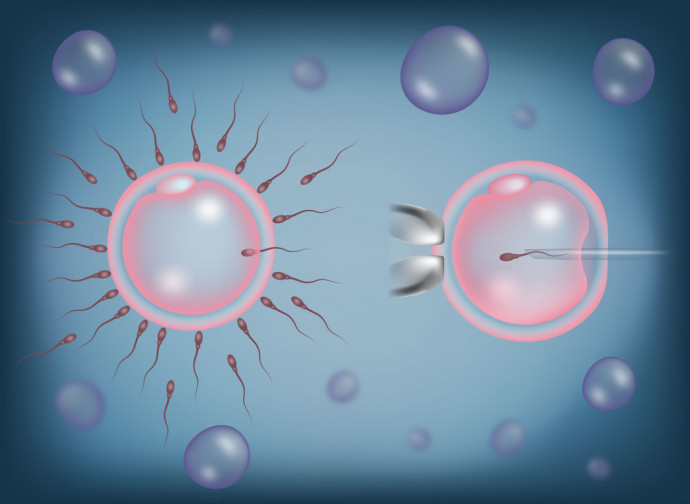If artificial insemination even becomes Plan A
An official U.K. report shows that artificial insemination techniques are increasingly understood not as a plan B, but as a first option, to be chosen when one wants a child. Which is increasingly understood as a “right,” even for singles and lesbians.

The Human Fertilisation and Embryology Authority (HFEA) is the UK government body that oversees fertility techniques including artificial insemination. The HFEA recently published a report on extracorporeal fertilisation techniques. The report states: "In 2023, 52,400 patients underwent more than 77,500 cycles of in vitro fertilisation (IVF). [...] The number of children born through IVF rose from around 8,700 in 2000 to 20,700 in 2023. Over time, births through IVF have accounted for an increasing proportion of all births in the UK, rising to over 3% in 2023 from less than 1.5% in 2000, approximately one in 32 births in the UK, or approximately one child born through IVF in every class." Twenty percent of births through artificial fertilization are heterologous. Only 7% of children produced in test tubes have seen the light of day.
But perhaps the most interesting fact is the following: while it remains true that 89% of clinic clients are heterosexual couples, it is also true that "the number of female patients undergoing IVF between people of the same sex has increased from 1,761 to 2,559, while the number of single patients undergoing IVF has increased from 2,021 in 2019 to 3,693 in 2023. [...] Homosexual patients undergoing IVF have increased by at least 45% since 2019," with singles accounting for 83%. Clare Ettinghausen, director of strategy and corporate affairs at the HFEA, told BBC Radio 4's Today program: “The big increase, although still in fairly small numbers, has been among same-sex couples and single patients, who have really driven a big increase in the number of people seeking fertility treatment.” This means that, although heterosexual couples account for the lion's share of access to IVF for obvious reasons of their greater prevalence compared to same-sex couples, proportionally, lesbian couples and single people are growing exponentially in a short period of time and have an increasingly significant weight in access to these techniques.
In summary, artificial fertilization techniques are used mainly by older heterosexual couples, followed by lesbian couples and single women. Male gay couples are not significant in terms of percentage because they have to resort to surrogacy, which is an additional obstacle to having a child.
A general look at these data tells us that artificial fertilization, as a remedy for infertility, is increasingly taking on a role equal to that of natural fertilization when the biological clock has struck midnight or when Mother Nature prevents you from giving birth to a child, as in the case of homosexual couples. In other words, more and more heterosexual people are thinking along the following lines: “I don't want a child now, I'll want one much later and I'll resort to extracorporeal fertilization.” The latter is therefore already understood by young people as a solution for combining personal fulfillment, the search for a life partner, economic, psychological, emotional, and relational stability, etc., and the desire for parenthood. Artificial fertilization is therefore increasingly seen not as a tolerated and unwelcome remedy, as a plan B, but as plan A to be chosen in 10, 20, or 25 years' time. It is therefore emerging not as a fallback solution, but as the first option, albeit one to be chosen further down the line. It is simply seen as a different way of becoming parents than natural reproduction. This is why we have reached the surprising figure of one in 32 babies born in the UK being conceived in a test tube.
The increase in lesbian couples and single people in a relatively short period of time is obviously due, on the one hand, to the spread of homosexuality and, on the other, to the idea that the desire to have a child is a right of the individual, no longer even of the couple, which the state must always recognize. The prospect of having a child in this whole scenario is wiped out. Just as 93% of the embryos produced are wiped out.




